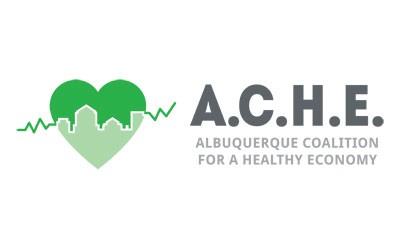
Many members of the Albuquerque business community breathed a sigh of relief after Bernalillo County commissioners decided Thursday not to put the paid sick leave proposal on the November ballot. The proposal will now go on the city's 2017 mayoral election ballot.
At the heart of the matter was whether the proposal, called the Healthy Workforce Act, could fit on the ballot, and whether the entire seven pages of text needed to be printed on the ballot or just a summary.
Ultimately, a motion by Commissioner Debbie O'Malley to put a summary version of the Healthy Workforce Act on the ballot failed.
The paid sick leave proposal would require business owners to offer one hour of paid sick leave for every 30 hours worked. Large employers would be required to offer seven sick days per year, while smaller businesses would allow workers to earn five sick days per year. You can read the full proposed ordinance here.
Dozens of business leaders showed up to the commission meeting, urging commissioners not to put just a summary of the proposal on the ballot. They said voters deserved to be well informed, and should read the entire proposal that is complicated, far reaching, and would greatly impact local businesses.
The proposal would affect businesses of all sizes operating within city limits. Supporters have said paid sick leave would create a healthier workforce and a better local economy. Opponents said many employers already offer paid sick leave in the form of paid time off, and the proposal would be too costly to enforce.
There was a question as how to fit the entire text of the proposal on the ballot, including putting it in a smaller font or having a second ballot page.
Albuquerque's city attorney told county staff that in her department's legal opinion, the entire text of the proposal, not just a summary, would need to be on the ballot or it could be at risk of being challenged in court.
The county clerk, Maggie Toulouse Oliver, told the commission the county's election ballot is already 19 inches long. If a second page were added to the ballot to fit the entire text, it would cost a total of half a million dollars.
"The challenge is really the fact that our voting systems are not currently programmed or designed to accommodate multi-page ballots. Neither are the printing systems," Oliver said.
With only 61 days before the general election, she said it would be difficult for her staff to meet printing deadlines.
Concerning putting the proposal on the city's 2017 mayoral election ballot, Commissioner Art De La Cruz said it was more appropriate for the city to decide the matter, as it affects business within the city and not those in unincorporated areas.













Comments